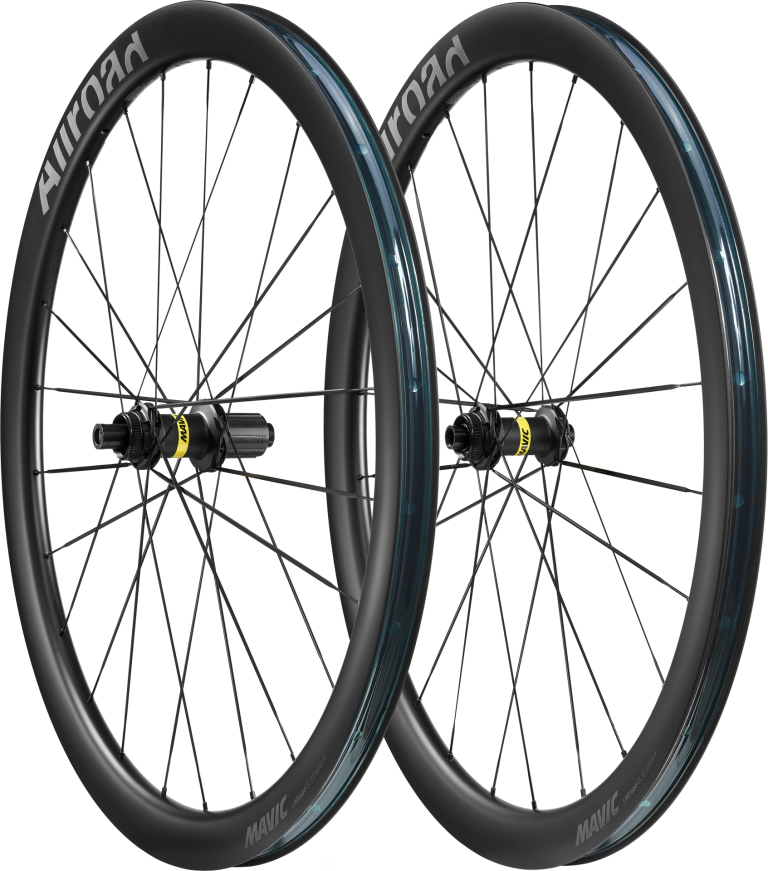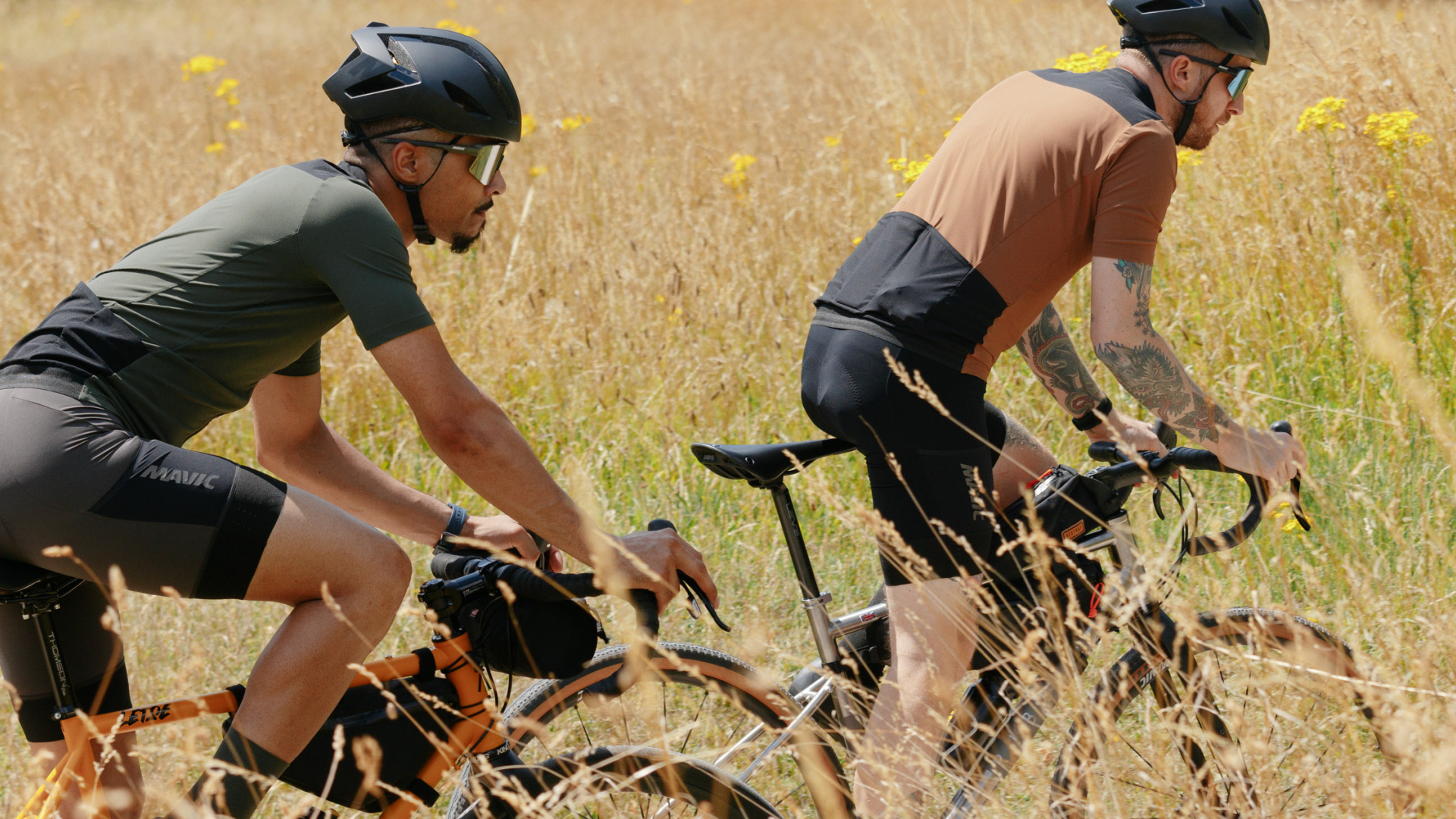Which wheel diameter should you choose for gravel, 650b or 700c?
The choice of wheel diameter depends on the type of terrain and riding style. 700c wheels are preferred for speed and long distances on mixed terrain. The smaller 650b wheels often allow wider tires to be fitted, offering greater damping and traction on more technical terrain. Deciding which size is a question of compromise between comfort and performance.

